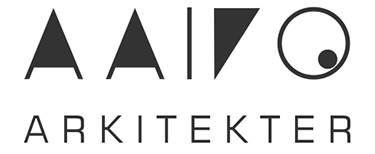





forus i-park
How do we encourage people to come out of their offices or houses to perform the same indoors data-driven activities (surfing, chatting, messaging etc.) but this time … outdoors? How do we create a low-cost urban development by using wireless capabilities to enhance its everyday function? The Forus i-Park is conceived as an interactive narrative where Information and Communication Technologies cooperate with urban and architecture design to propose something unique. A technologically enhanced public space and the development of Stavanger’s first digitally responsive and intelligent urban place. Prior to formulating our design proposal, we were interested in exploring the ways different people experience the study area and its surroundings. The analysis of the area’s urban morphology, through maps or other representations, was rather limited in revealing the actual ways in which a site is being used by its inhabitants or visitors. On the other hand, on-site observations would require extensive resources and people to be performed effectively. Bearing this in mind, we opted for a more scalable and state-of-the-art solution. We conducted real-time social media monitoring in the wider area of Stavanger (May 2015), gathering dynamic and geo-referenced data from Twitter, Instagram, and Foursquare for a period of one month. By visualizing the collected information in various ways, we were capable of understanding the activity patterns of different types of people within the urban environment. The large-scale dataset we managed to acquire, albeit only representing social media users, gave us the opportunity to comprehend how different social groups experience the city and, in particular, the area of Forus.
Date
October 7, 2016
Category
arkitektur, byforming, landskap, utdanning
